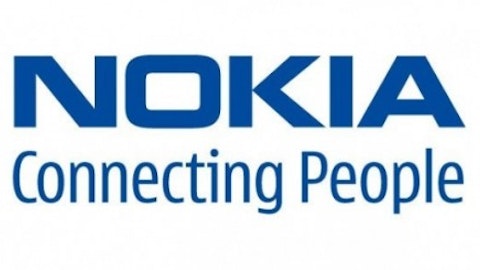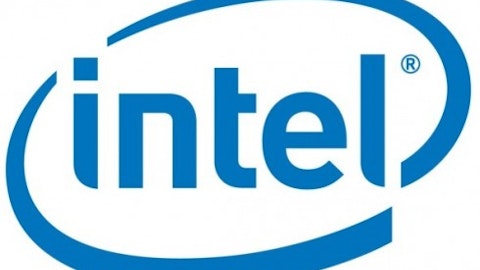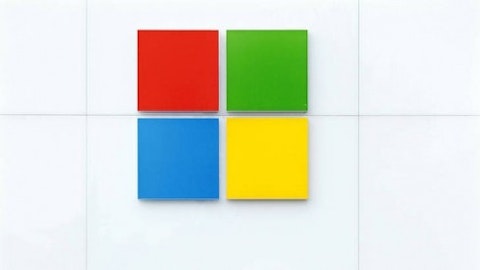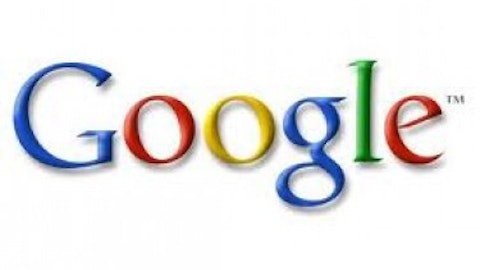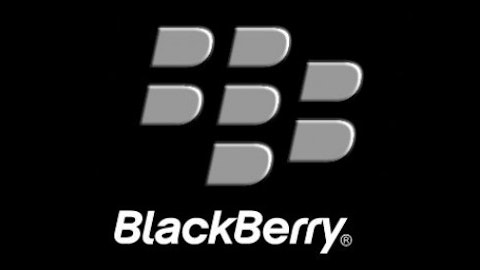On the face of it, there’s nothing similar between cigarettes, software, and oil. The three are completely different sectors with totally different regulations, rivals, profit margins, and customers. Yet, there are three outstanding companies from these three sectors that exhibit very similar traits. These traits are worth paying attention to because they can spell big profits to investors. The companies that I’m about to discuss are the cigarette maker Lorillard (NYSE:LO), the software giant Microsoft Corporation (NASDAQ:MSFT) and the oil behemoth Exxon Mobil Corporation (NYSE:XOM).

The secret sauce of the three giants
The common denominator of these three totally unrelated companies is their outstanding capital efficiency. All three are leaders in their respective sectors, have great management and a proven track record of performance in good and bad times. But the hallmark of these three is their ability to generate an exceptional return on their assets, earn a high dollar per each unit that they sell, and most importantly – make sure that this excess cash returns to shareholders in the form of dividends and share buy backs. In short, all three are extremely capital – efficient businesses.
How to measure “capital efficiency”
There are three main parameters to use when calculating how efficient a business is with its capital.
Parameter #1: Return on assets (ROA)
The first parameter is the company’s return on assets. When a company consistently achieves a high return (more than 10%) on its assets – it means that it knows how to deploy cash effectively. It implies that capital expenditures (on a new factory, for example) will only be made if the company is certain that the asset will achieve a high enough return. Shareholders will always be protected against unnecessary expenditures. Lorillard (NYSE:LO), Microsoft Corporation (NASDAQ:MSFT), and Exxon Mobil Corporation (NYSE:XOM) post a ROA of a whopping 38%, 11% and 14%, respectively. This compares to a ROA of only 5% for the average S&P 500 company.
Parameter #2: Profit margins
The second parameter is the profit margins. High profit margins are a great indication that the company is able to charge a “premium” for its product. Some companies are only able to generate a few cents of profit for each dollar of sales. But not our famous trio. Lorillard (NYSE:LO), Microsoft Corporation (NASDAQ:MSFT), and Exxon Mobil Corporation (NYSE:XOM) post a whopping 25%, 22% and 11%, respectively. It’s worth noting that Exxon Mobil Corporation (NYSE:XOM) is a bit lagging in this parameter due to the heavily regulated oil industry in which it operates.
Parameter #3: True shareholder yield
When I calculate shareholder’s true yield, I like to take a company’s gross profits (after the cost of sales is deducted) and compare that with the amount of capital that’s returned to shareholders each year in the form of cash dividends or net share buybacks. So for example, if a company earned $10 billion in gross profits and returned $4 billion to shareholders, I’d say it had a capital efficiency of 40%. That’s a fantastic capital-efficiency ratio, which few companies can achieve consistently. Our trio have performed exceptionally well in that very important aspect. In 2012 alone – Lorillard (NYSE:LO) made $2.4 billion of gross profit. From this gross profit, it paid $807 million in cash dividends and an additional $573 million in net share buy backs. This translates to a whopping 58% shareholder yield. That’s a sky- high return. Microsoft Corporation (NASDAQ:MSFT) and Exxon Mobil Corporation (NYSE:XOM) also post exceptionally high yields, yet much lower than Lorillard (NYSE:LO)’s, of 17% and 19%, respectively.
Looking forward
It’s important to add a few words on the future prospects of these three giants in the light of the parameters above. I believe that the shale gas revolution going on in the U.S right now will have a direct impact on ExxonMobil – it will most probably depress its net income (cheaper fuel means fewer profits) but its profit margins will greatly improve because of the ability to operate machinery at a much cheaper cost. Lorillard, the maker of cigarettes, might sell more cigarettes but it will likely witness its profit margins drop due to a constant increase in the price of raw materials, together with heavy taxation from the regulator targeted at causing people to smoke less. In the technology front, Microsoft Corporation (NASDAQ:MSFT)’s gross profit is also expected to gradually decrease due to heavy competition and the transition from PCs to more mobile devices.
The good news is, though, that no matter what happens to these businesses, I firmly believe that your shareholder yield will remain intact. All three are highly committed to share buyback programs and dividend payouts. This means that even if income decreases, your yield remains the same.
The Fool thinks capital efficiency
If you wish to grow your capital consistently over the years… you must invest in capital- efficient businesses. Lorillard, Microsoft, and Exxon have turned capital efficiency into a form of art. That’s how each of them became a leader in its respective sector, and this is why these three companies are likely to lead their sectors in the future.
Shmulik Karpf has no position in any stocks mentioned. The Motley Fool owns shares of Microsoft.
The article What Do Cigarettes, Software, and Oil Have in Common? originally appeared on Fool.com and is written by Shmulik Karpf.
Shmulik is a member of The Motley Fool Blog Network — entries represent the personal opinion of the blogger and are not formally edited.
Copyright © 1995 – 2013 The Motley Fool, LLC. All rights reserved. The Motley Fool has a disclosure policy.
